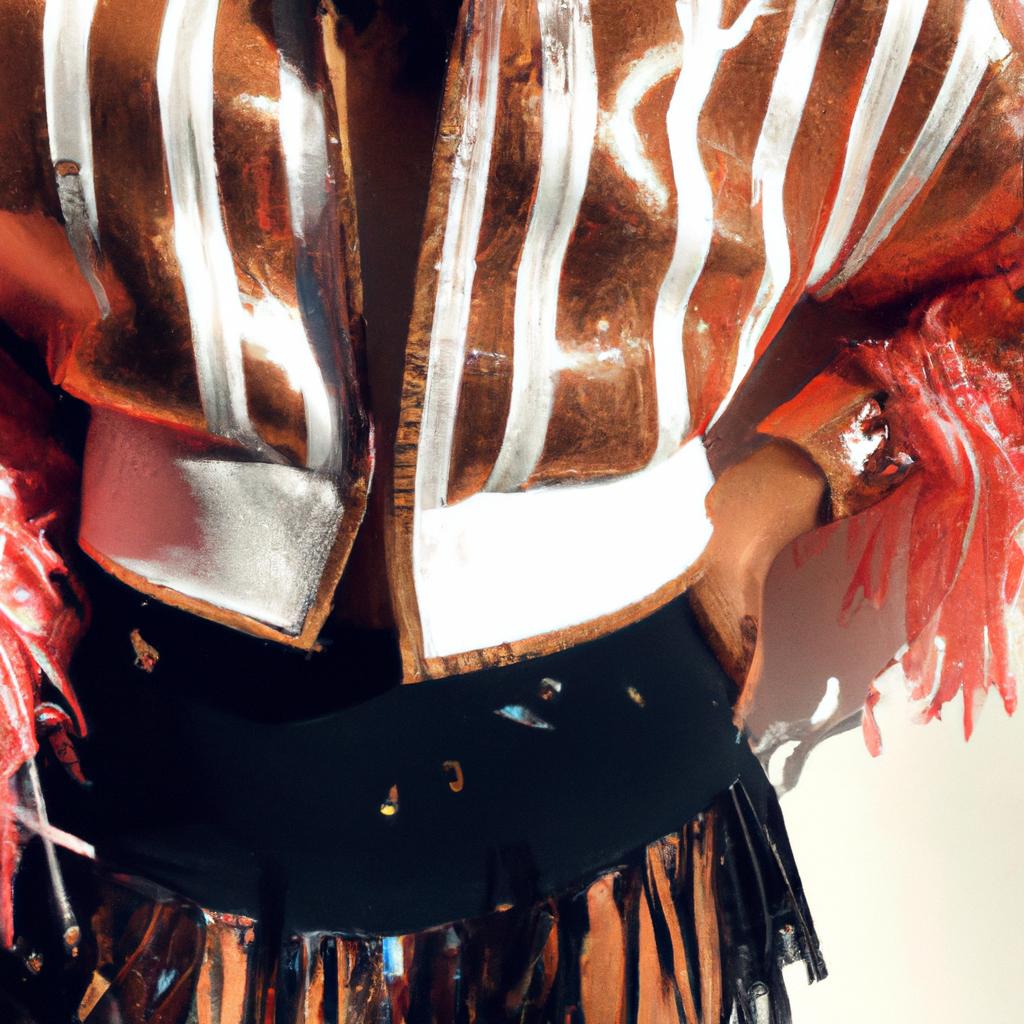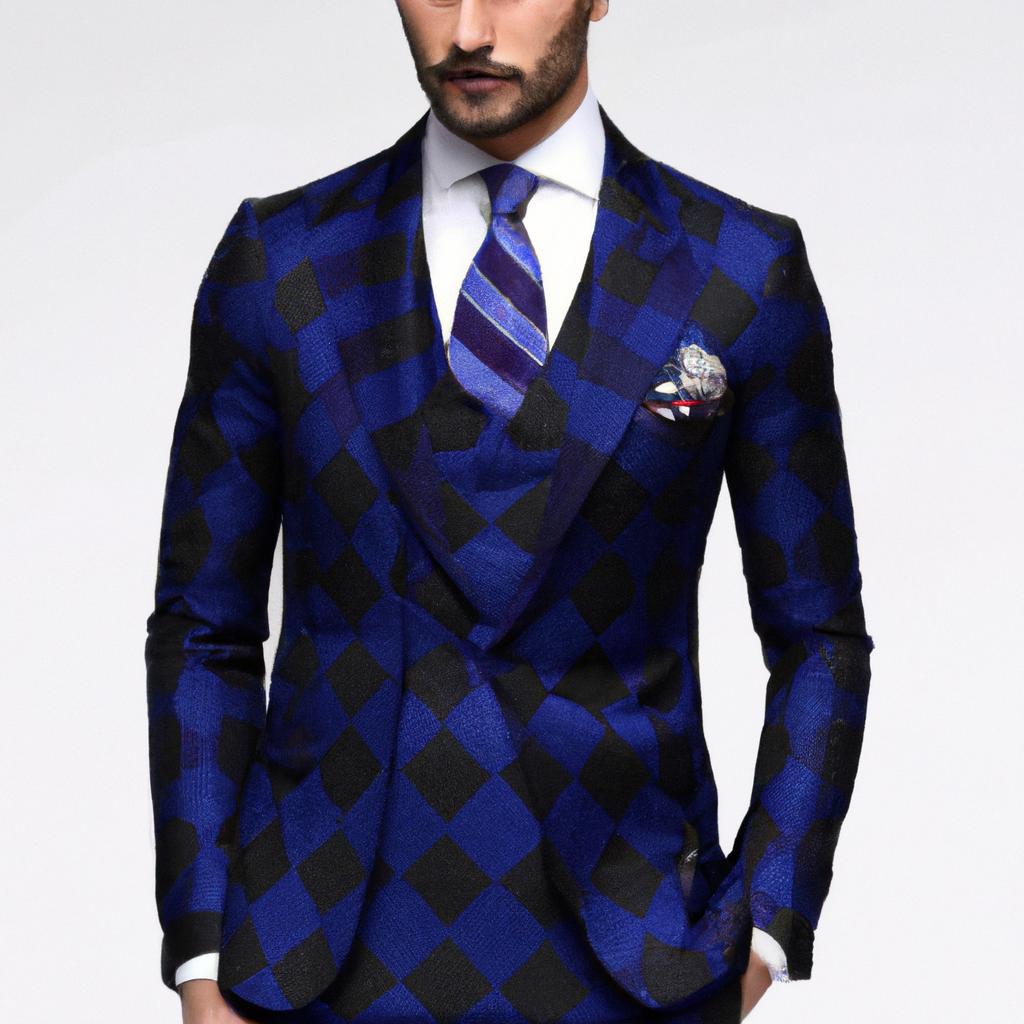
Introduction to the Current State of the Fashion Industry
Welcome to our guide on the future of fashion and predictions for 2024. The fashion industry has come a long way from its early beginnings, constantly evolving and adapting to meet the changing needs and desires of consumers. It is one of the largest and most influential industries in the world, generating trillions of dollars in revenue each year.
Over the years, the fashion industry has experienced significant growth, with the rise of fast fashion and e-commerce playing major roles in its success. Fast fashion, characterized by quickly produced and affordable clothing, has made fashion accessible to a wider audience. E-commerce, on the other hand, has revolutionized the way we shop, making it easier and more convenient to purchase clothing online.
In recent years, the fashion industry has also been impacted by advancements in technology. Augmented and virtual reality have brought a new level of interactivity and immersion to the shopping experience. Artificial intelligence has been used to improve supply chain management and personalize recommendations for consumers. Sustainability has also become a key focus within the industry, with the development of new materials and production methods aimed at reducing its environmental impact.
With all these changes and advancements, what can we expect for the future of fashion in 2024? Let’s dive into some predictions and trends that may shape the industry in the coming years.
The Impact of Technology on the Future of Fashion
In recent years, technology has become an integral part of the fashion industry, influencing every aspect from design to production and marketing. As we look towards the year 2024, it is clear that technology will continue to play a significant role in shaping the future of fashion.
- Augmented and Virtual Reality: The use of AR and VR in the fashion industry has revolutionized the way consumers interact with brands. These technologies allow customers to try on clothes virtually, giving them a more immersive and personalized shopping experience.
- Artificial Intelligence: AI has been used by fashion companies to analyze data and predict trends, making the design process more efficient and cost-effective. In the future, AI is expected to be utilized even more in areas such as supply chain management and personalization of products for customers.
- Sustainability: Technology has also played a crucial role in promoting sustainability in the fashion industry. From using 3D printing to reduce waste in garment production to implementing efficient energy systems in factories, technology has helped fashion brands become more environmentally responsible.
Overall, the integration of technology in the fashion industry has not only enhanced the consumer experience but also increased efficiency and sustainability. As we move towards 2024, we can expect to see even more innovative ways in which technology will shape the future of fashion.
Predictions for the Future of Fashion in 2024
In recent years, the fashion industry has undergone significant changes, with new technologies and consumer demands reshaping the landscape. As we look ahead to 2024, it is clear that these changes will continue to accelerate, leading to a more diverse, inclusive, and sustainable fashion industry.
- Diversity and Inclusivity: One prediction for 2024 is that diversity and inclusivity will become even more important in the fashion industry. This means that we can expect to see a wider range of sizes, ages, and cultural backgrounds represented in advertisements and on the runway. Designers will also prioritize creating clothing that is inclusive and accessible to all individuals, regardless of their gender, race, or abilities.
- Digital Fashion Shows: Another trend that is expected to continue in 2024 is the rise of digital fashion shows. With advancements in augmented and virtual reality, designers can now showcase their collections digitally, reaching a global audience without the need for physical events. This not only reduces the environmental impact of traditional fashion shows but also allows for more creativity and innovation in presentation.
- Upcycling: In response to the growing concern for sustainability, upcycling is predicted to become a significant trend in the fashion industry by 2024. This involves transforming old or discarded clothing into new, desirable pieces, reducing waste and promoting circular fashion. Many designers are already incorporating upcycled materials into their collections, and this trend is expected to become even more mainstream in the future.
These predictions reflect a shift towards a more responsible and conscious fashion industry, driven by consumer demands and advancements in technology. By embracing diversity, digitalization, and sustainability, the fashion industry can continue to evolve and thrive in the years to come. However, there may also be challenges along the way, as businesses navigate changing trends and consumer behaviors. It will be crucial for the industry to adapt and innovate to meet the needs of a rapidly evolving world.
The Changing Landscape of Fashion: How Consumer Demand is Driving Change
The fashion industry has always been a fast-paced and ever-changing landscape, with new trends and styles constantly emerging. However, in recent years, there has been a noticeable shift in consumer behavior and demand, especially when it comes to sustainability and ethics in the industry.
Consumers are becoming more conscious of the impact their fashion choices have on the environment, as well as the working conditions and labor practices involved in the production of their clothes. This has led to a growing demand for sustainable and ethical fashion, prompting the industry to reevaluate its production and supply chain strategies.
One major change that we can expect to see in 2024 is a focus on transparency. Customers want to know the journey their clothes take from production to the store shelves, and companies are now starting to provide more information on their sourcing and manufacturing processes. This helps consumers make informed decisions and encourages brands to be more accountable for their actions.
In addition to transparency, we can also expect to see an increase in the use of sustainable materials. Brands are exploring alternative fabrics such as organic cotton, bamboo, and recycled materials to reduce their environmental impact. This not only benefits the planet but also appeals to the growing number of eco-conscious consumers.
Another trend that will continue to gain momentum is the concept of upcycling. Instead of throwing away old or unwanted clothing, brands are finding ways to repurpose and transform them into new pieces. This not only reduces waste and saves resources but also adds a unique and personalized touch to fashion.
Overall, the changing consumer behavior and demand for sustainable and ethical fashion is driving a positive change within the industry. As more and more people become aware of the impact of their fashion choices, we can expect to see a continued shift towards responsible and conscious fashion in the years to come.
The Impact of Social Media and Influencer Culture on the Fashion Industry of the Future
Social media has revolutionized the way we consume and interact with fashion. From influencers sharing their latest fashion finds to brands showcasing their latest collections, social media has become an integral part of the industry.
In the future, social media and influencer culture will continue to play a significant role in shaping the fashion industry. With the rise of platforms like Instagram and TikTok, fashion trends can spread like wildfire, reaching millions of consumers in a matter of seconds.
One major impact of social media is the democratization of fashion. In the past, trends were mainly dictated by high-end designers and celebrities. But now, anyone with a strong social media presence can influence and even set fashion trends. This has led to a more diverse representation of styles and a celebration of individuality.
Influencers, who have amassed a large following and are seen as experts in the fashion industry, now have a bigger say in what is considered fashionable. Brands often collaborate with influencers to promote their products, which not only increases their sales but also helps in reaching a wider and more engaged audience.
Another aspect that social media has influenced is the demand for transparency and authenticity. Consumers today want to know the story behind the clothes they wear and the values of the brands they support. With social media, brands can share their sustainability efforts, ethical practices, and behind-the-scenes content, allowing consumers to make more informed choices.
However, social media and influencer culture also have their challenges. The pressure to constantly create and share visually appealing content has led to issues like overconsumption, waste, and a focus on surface-level trends rather than quality and longevity. It has also created a culture of comparison and unrealistic body standards, leading to mental health issues among consumers.
As we look towards the future, it’s important for the fashion industry to strike a balance between leveraging social media as a powerful marketing tool and promoting responsible consumption. Brands will need to use social media to not only sell products but also educate and inspire consumers to make more conscious fashion choices.
In conclusion, social media and influencer culture will continue to shape the future of fashion, bringing both opportunities and challenges. By understanding and addressing these impacts, the fashion industry can evolve towards a more inclusive, sustainable, and authentic future.
The Future of Fashion: Predictions for 2024
The fashion industry has come a long way over the years, constantly evolving with changing trends and consumer demands. As we look towards the future, it’s important to consider how the fashion industry will continue to evolve and adapt in the next five years.
- Impact of Technology: In 2024, technology will continue to play a major role in the fashion industry. Augmented and virtual reality will become more prevalent, allowing consumers to virtually try on clothes and experience fashion in a whole new way. Artificial intelligence will also be utilized to improve the fashion supply chain, making production more efficient and sustainable.
- New Fashion Trends: Diversity and inclusivity will be at the forefront of fashion in 2024. We can expect to see a wider range of sizes and representation of different cultures, races, and genders on the runway and in advertisements. Digital fashion shows will also become more popular, allowing designers to showcase their collections to a global audience without the need for physical events. Additionally, there will be a greater emphasis on upcycling and sustainable materials in fashion design.
- Changing Consumer Behavior: With the rise of social media and influencer culture, consumer behavior is also shifting. In 2024, consumers will continue to demand transparency, ethical production, and sustainability from fashion brands. This will lead to necessary changes in production and supply chain strategies, as well as an increase in demand for second-hand clothing and rental options.
It is clear that the fashion industry will face both challenges and opportunities in 2024. On one hand, there will be pressure to keep up with technological advancements and changing consumer demands. On the other hand, there is a chance for the industry to embrace innovation and promote positive change.
In order to thrive in the future, the fashion industry will need to adapt to meet the changing needs of consumers and the world. This means investing in sustainable practices, promoting diversity and inclusivity, and utilizing technology to improve efficiency and transparency. By doing so, the fashion industry can continue to evolve and remain relevant in the years to come.
comments: 0


 Revolutionizing Fashion: How Technology is Shaping the Industry Today
Revolutionizing Fashion: How Technology is Shaping the Industry Today  From East to West: Exploring Global Fashion Trends Across Continents
From East to West: Exploring Global Fashion Trends Across Continents  Transform Your Home with the Hottest Heating Options from BestHeating
Transform Your Home with the Hottest Heating Options from BestHeating  Step up your style game: 5 must-try innovative fashion trends
Step up your style game: 5 must-try innovative fashion trends  Stay Ahead of the Fashion Game: The Latest Trends in Menswear Design
Stay Ahead of the Fashion Game: The Latest Trends in Menswear Design  Dress to Impress: The Must-Know Colors and Patterns of the Season for a Chic Wardrobe Update! #fashion #trends
Dress to Impress: The Must-Know Colors and Patterns of the Season for a Chic Wardrobe Update! #fashion #trends  Cruising in Style with CarmelLimo: Because You Deserve to Feel Fancy
Cruising in Style with CarmelLimo: Because You Deserve to Feel Fancy  Dress to Impress: Essential Menswear for Every Weather Condition
Dress to Impress: Essential Menswear for Every Weather Condition